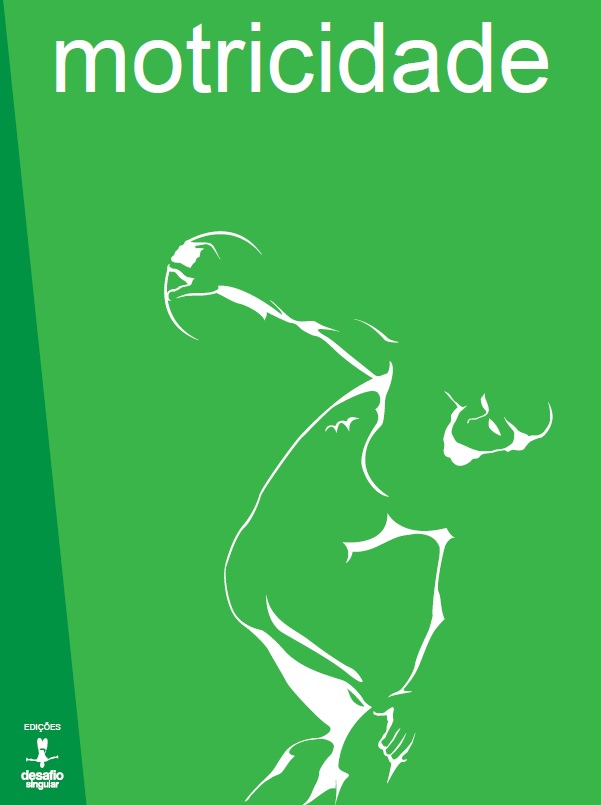Validation of automated apparatus for upper limb velocity testing
DOI:
https://doi.org/10.6063/motricidade.15983Abstract
The purpose of this paper was to validate the ability of automated devices to measure the velocity of the upper limbs. Thus, 144 students, from 8 to 17 years old, both sexes, participated in the study in a social project in the city of Natal/RN. The Automated Tapping Test (AATT) was developed following the dimensions of the original EUROFIT test, but built out of metal parts, so that the calibration was more accurate and could be read as an electronic signal by the integrated circuit. The upper limb velocity test was applied in three steps: before performing the original test, all participants underwent a laterality check and then motor practice similar to the original test. After 30 minutes, the first step in the pattern established by the EUROFIT test battery was performed and 30 minutes later, the third stage, with the AATT. The measurement reliability of the automated apparatus was tested through intraclass correlations and a strong intraclass interaction coefficient of r = 0.901 was found. In conclusion, the AATT was found to be accurate and efficient as to what it is proposed to evaluate, being able to minimize the intra-evaluator error and to assist professionals in the sports.
Downloads
Published
Issue
Section
License
The authors of submitted manuscripts must transfer the full copyright to Journal Motricidade / Sílabas Didáticas Editions. Granting copyright permission allows the publication and dissemination of the article in printed or electronic formats, and copyrights start at the moment the manuscript is accepted for publication. It also allows Journal Motricidade to use and commercialise the article in terms of licensing, lending or selling its content to indexation/abstracts databases and other entities.
According to the terms of the Creative Commons licence, authors may reproduce a reasonable number of copies for personal or professional purposes, but without any economic gain. SHERPA/RoMEO allows authors to post a final digital copy (post-printing version) of the article on their websites or on their institutions' scientific repository.


